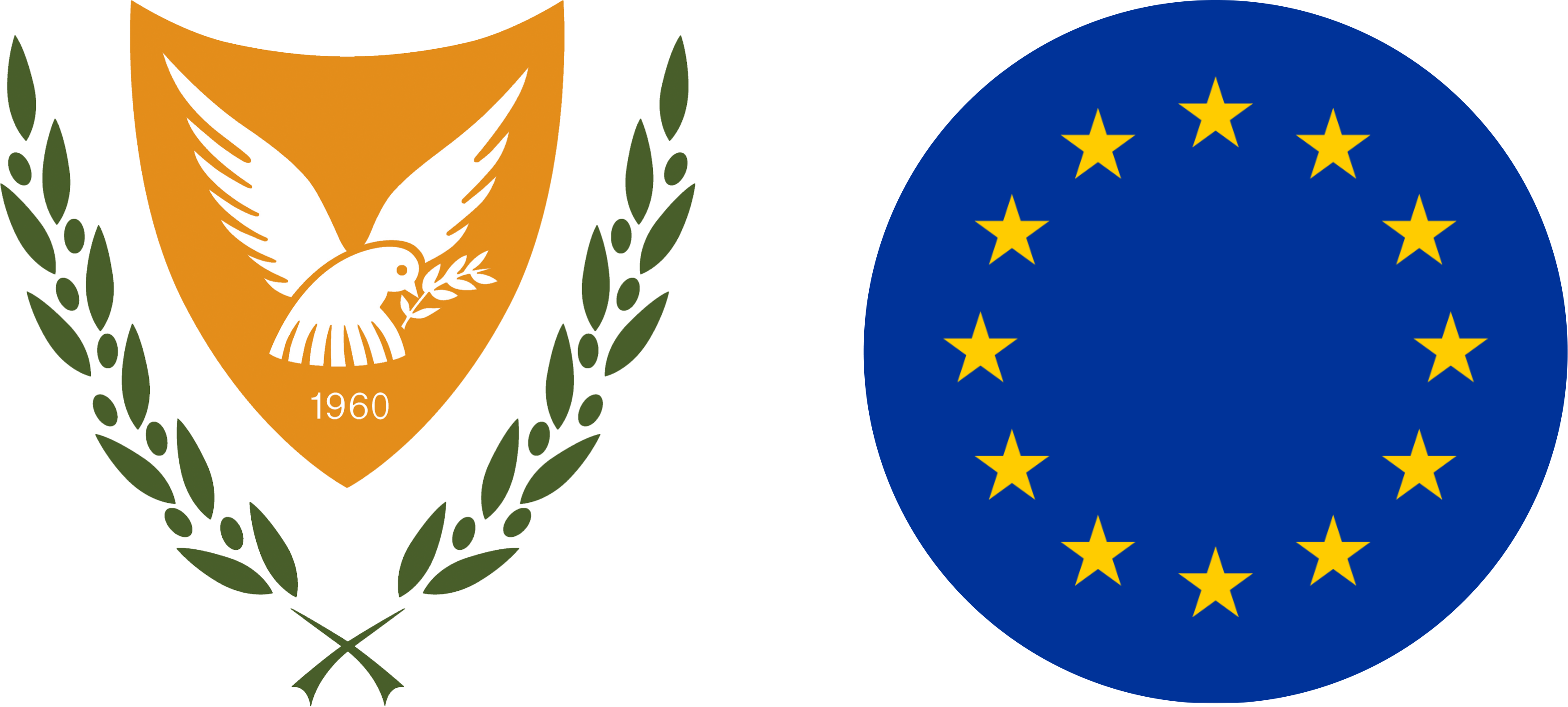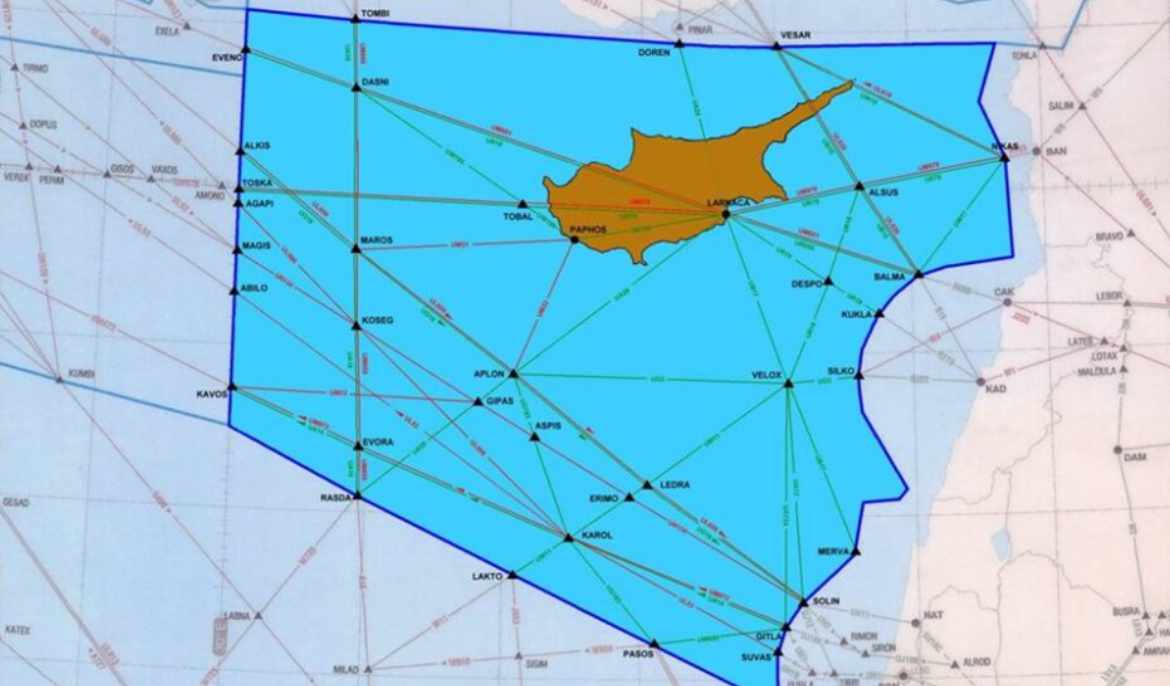The Air Traffic Control Service in Cyprus is tasked with managing approximately 420,000 flights per year. In recent days, increased pressure was noted, with an additional 500 flights daily due to unrest in the Middle East. Revenue from these services amounts to around €58 million annually.
How are these services managed, and how does the Republic of Cyprus charge for them?
Haris Antoniades, General Manager of the Air Traffic Control Service, answered these questions. According to Antoniades, air traffic in the Nicosia FIR (Flight Information Region) is controlled by the Larnaca and Paphos Control Towers for movements at our airports, and by the Flight Control Centre in Kokkinotrimithia for the entire Cypriot FIR. This is handled by a total of approximately 130 air traffic controllers, who manage about 420,000 flights annually.

Increased Pressure and Safe Management
Recently, due to the disturbances in the Middle East, there has been increased pressure on Cypriot airspace, with approximately 500 additional flights daily. Mr. Antoniades noted that all flights were managed with absolute safety.
How Air Traffic Control Services Are Charged
Naturally, these services are not offered free of charge. Every airline using Cyprus’s airspace pays a specific fee. It’s significant that the state’s expenses for operating these services do not exceed the revenue generated from company charges.
More specifically, fees are determined every five years, based on estimates for the number of flights and overflights. In case of revised forecasts, fees can be adjusted accordingly.
As explained by the Manager of the Air Traffic Control Service, the charge for overflights is calculated based on the distance an aircraft travels within the Nicosia FIR, in conjunction with its type and weight.
For example, an Airbus A320 aircraft flying the Larnaca-Athens route is required to pay approximately €400 solely for the use of Cypriot airspace.
Revenue Equals Expenses: A Self-Funding Model
Mr. Antoniades emphasizes that the state’s revenue from these charges totals approximately €58 million per year and is equal to the expenses for managing Cypriot airspace.
Essentially, it wouldn’t be an exaggeration to say that the Air Traffic Control Service is self-funded, as salaries, overtime, equipment, and other operational costs do not burden the taxpayer. These expenses are fully covered by the revenue collected from the companies, which goes into state coffers.
When asked, Mr. Antoniades explained that fees are calculated based on estimated flights and adjusted accordingly to reflect actual expenses. From Mr. Antoniades’ statements, it appears that either revenues equal expenses or they generate a small surplus, with no losses ever recorded.
Safety and Future Staffing Needs
Regarding flight safety, Mr. Antoniades underlined that Cyprus possesses both the necessary equipment and the required experienced personnel. However, he pointed out that approximately 50 additional air traffic controllers need to be hired, who will be added to the 130 already working for the Service.
Key Users: Turkish Airlines and El Al
Statistical data concerning overflights in the Nicosia FIR show that the two airlines using Cypriot airspace most frequently are Turkish Airlines and the Israeli El Al, due to the geographical location of the two countries.
It’s worth noting that Turkish Airlines, Turkey’s national carrier, regularly pays its dues, as the relevant fees are collected by the Eurocontrol organization and subsequently returned to the Republic of Cyprus.


